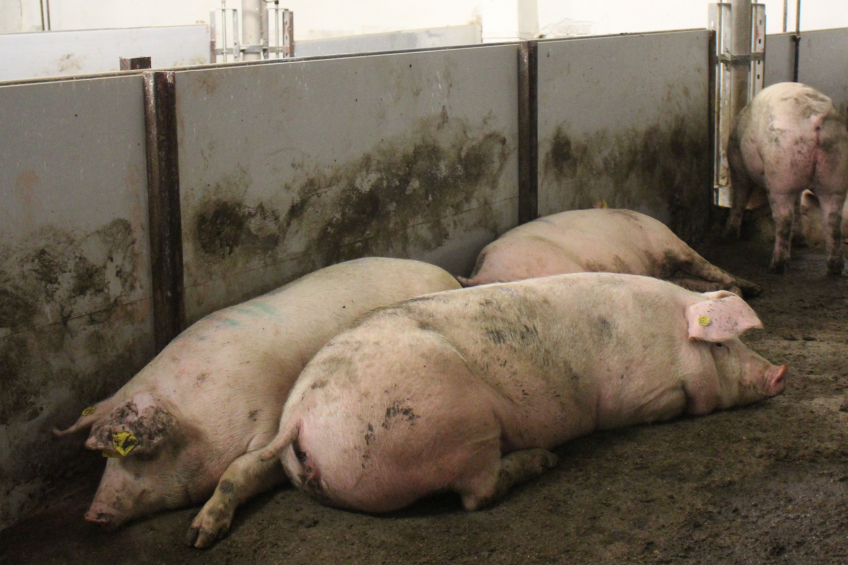Russia: ASF is a never-ending story

African Swine Fever appears to be a never-ending story for Russia’s pig industry, as the virus has been observed to be very persistent and difficult to eradicate.
Regional inspectors have noted that the disease often returns to regions where it occurred several years ago, in regions where ASF seems to be already defeated. On 15 June 15 2015, for instance, one ASF outbreak was detected at small farms in the Vladimir region, where the virus had not been detected since 2013.
Wild boars as source of the outbreak?
After a short investigation, wild boars were identified as plausible cause for the outbreak. It remains to be seen, however, how they could have contracted the virus, as the outbreak occurred in a so-called ‘safe veterinary region’? Alexander Tkachyov, Russia’s agricultural minister, even spoke of ‘acts of biological terrorism’ and called on various law enforcement agencies to deal with them.
Although no proof has been found for this reasoning, a similar opinion was expressed by Gennady Onishenko, the former head of the Russian Federal Service for Surveillance on Consumer Rights Protection and Human Well-being, also known as Rospotrebnadzor.
Hotbeds or animal burial places
A totally different explanation is that today’s recurring outbreaks are caused by animal burial places, also known as ‘hotbeds’.
These came into existence when the first wave of ASF took place in Russia. The authorities decided to introduce criminal liability for officials and in some cases for farmers in case ASF had penetrated their farm. With this step, the government agencies expected farmers to behave more responsibly; the opposite appears to have happened.
No reporting of ASF, just hiding
Often farmers, upon the discovery of heavy pig mortality on-farm, chose not to report the possible ASF outbreak out of fear of criminal liability, but instead culled all pigs, took the infected corpses to nearby forests and had them buried there.
It is believed there could be thousands of these so-called ‘hotbeds’ across the various regions of Russia. Due to the virus’ high virulence, these places continue to infect wild boars, despite the efforts of authorities, reporting on the discovery of burial places each month.
Official statistical data
Official Russian sources have been painting a rather different picture. Eugene Nepoklonov, deputy head of the Russian veterinary watchdog, Rosselkhoznadzor, has even claimed repeatedly that the situation in the Baltic States and Poland would be much worse than in Russia.
In official data supplied by the Russian veterinary body, at the eastern borders of Europe in total 2,498 would have been counted since early 2014, including 531 outbreaks since the beginning of 2016. In Russia, since 2007, official sources have registered 786 outbreaks, including 13 since the beginning of 2016.
Data by the World Organisation for Animal Health more or less confirm the data for 2016, also see Table 1. (It is worth noting here that all figures in the EU countries in 2016 come down to the discovery of one or a few infected wild boars – these are not outbreaks in domestic swine, ed.).
Epidemic outbreaks, however, have also been reported from the Crimea, since ASF was confirmed there in February of this year.
Russian worries about Ukraine and Moldova
The heads of the veterinary watchdog are also reported to be worried about the situation in Ukraine and there is even a threat to Moldova. According to them, the disease is increasing and control is not properly applied.











